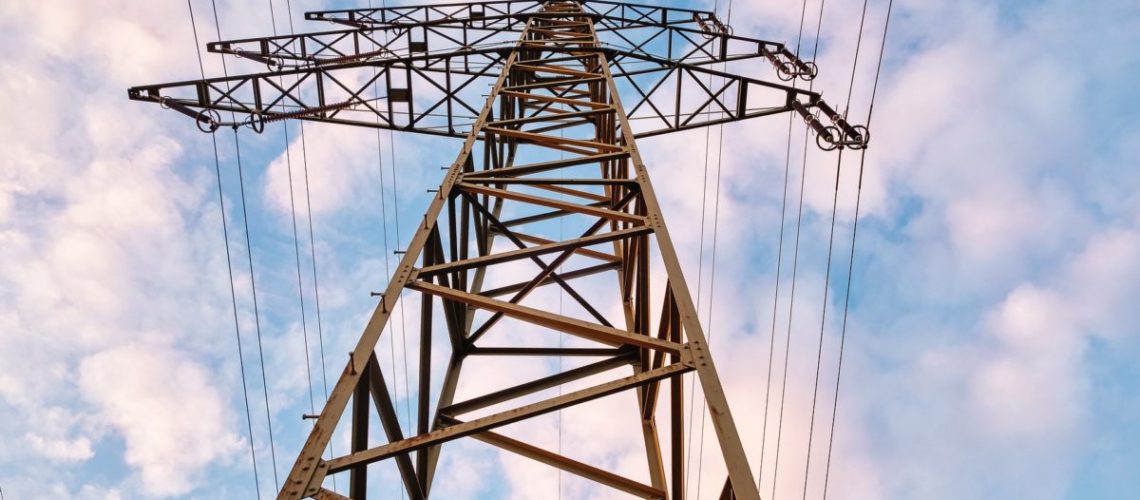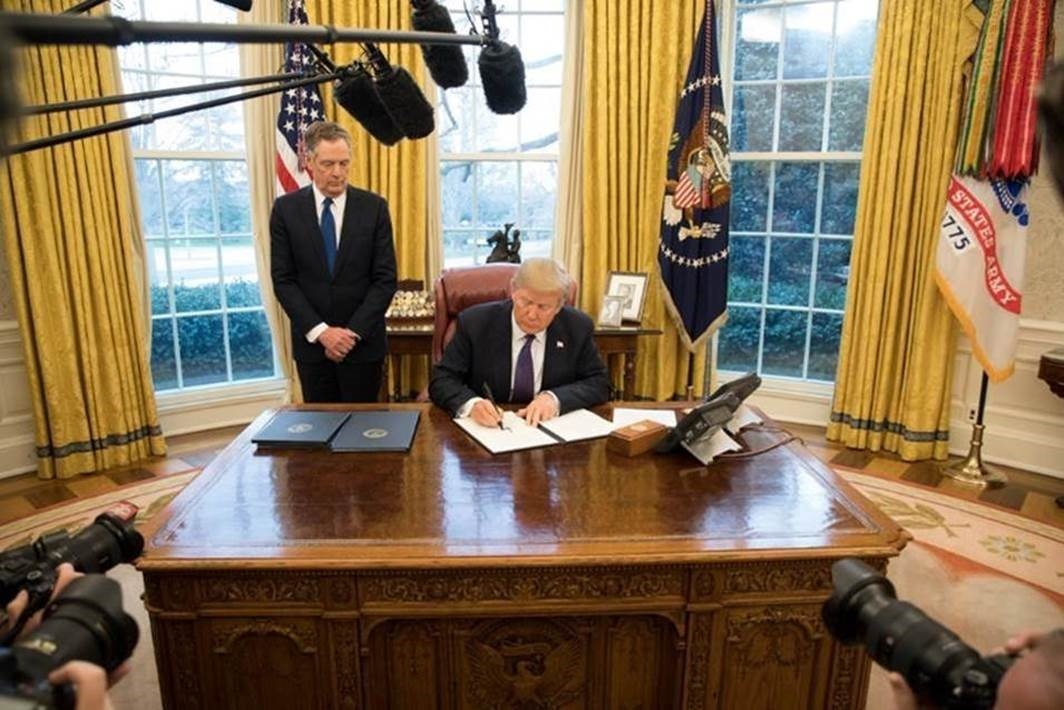The DOE established an interagency program to try to streamline the approval and construction of transmission grids with a timeboxed approach to the research collaboration building and renovation phase.
Refining current domestic transmission lines is essential to implementing a clean grid by 2035, according to recent modeling studies reviewed by the U.S. Department of Energy (DOE). Benefits include lower energy costs for residential and commercial consumers, and a green grid is more resilient to extreme weather, which is the new normal given the reality of climate change.
Despite these benefits, current siting and permitting processes are slow. This equates to delays in the construction and improvement of electric transmission infrastructure. However, the federal government and DOE proposed a new rule that might help ethically meet the country’s electric demands – on schedule.
In May of this year, nine federal agencies signed a Memorandum of Understanding (MOU) allowing the DOE to coordinate federal reviews and authorizations related to building or renovating a clean energy transmission grid. The document authorizes the acceleration of current approval processes related to construction. Moreover, it considers the necessity of protecting the environment and working with local communities throughout each project’s building or renovation phase.
The DOE established the Coordinated Interagency Transmission Authorizations and Permits Program (CITAP) to regulate acceleration and collaboration. The scheme is meant to streamline the approval and construction of transmission grids by suggesting a time-boxed approach to the research collaboration building and renovation phase.
To begin, all developers must fill out an Integrated Interagency Pre-Application (IIP) to participate in the CITAP Program. Doing so allows contractors to gather the appropriate information and approvals to complete a project. The process also enables developers to spot siting constraints and opportunities early. It encourages them to work with local stakeholders to draft and include solutions. These efforts are recorded in a Public Engagement Plan (PEP), which developers must have in their applications. The document outlines how they will collaborate with tribes local communities and other stakeholders like researchers throughout the project.
DOE suggests the IIP process will help to streamline permitting by requiring developers to collect all the necessary information federal authorities need to approve a transmission project upfront. Once an application is submitted, the DOE and relevant federal agencies have 30 days to approve a proposal.
Developments that get the go-ahead must then submit a Notice of Intent (NOI) to prepare an Environmental Impact Statement (EIS). These two documents initiate a research and planning phase involving government agencies to ensure the project complies with regulations like the Endangered Species Act (ESA) National Historic Preservation Act (NHPA) or Marine Mammal Protection Act (MMPA).
DOE’s proposed schedule suggests the IIP NOI and EIS process would take about four months. Once this is completed, the DOE, in collaboration with the developer and federal agencies, will determine a project-specific schedule that limits coordination preparation construction and alterations to 27 months.
The DOE states the standard schedule is a draft and subject to revision. It emphasizes the importance of tribal governments sharing comments on the impacts of the proposed approaches on tribal communities. All stakeholders have until October 2 to submit their feedback via the Notice of Proposed Rulemaking. DOE will host a public webinar on August 23 where attendees can gain more clarification on the suggested regulations.
It’s important to note that the CITAP Program will not replace state or local government permitting or siting authorities. It also does not override federal requirements. The program only seeks to streamline coordination and collaboration between communities developers and departments to hasten government decision-making.





